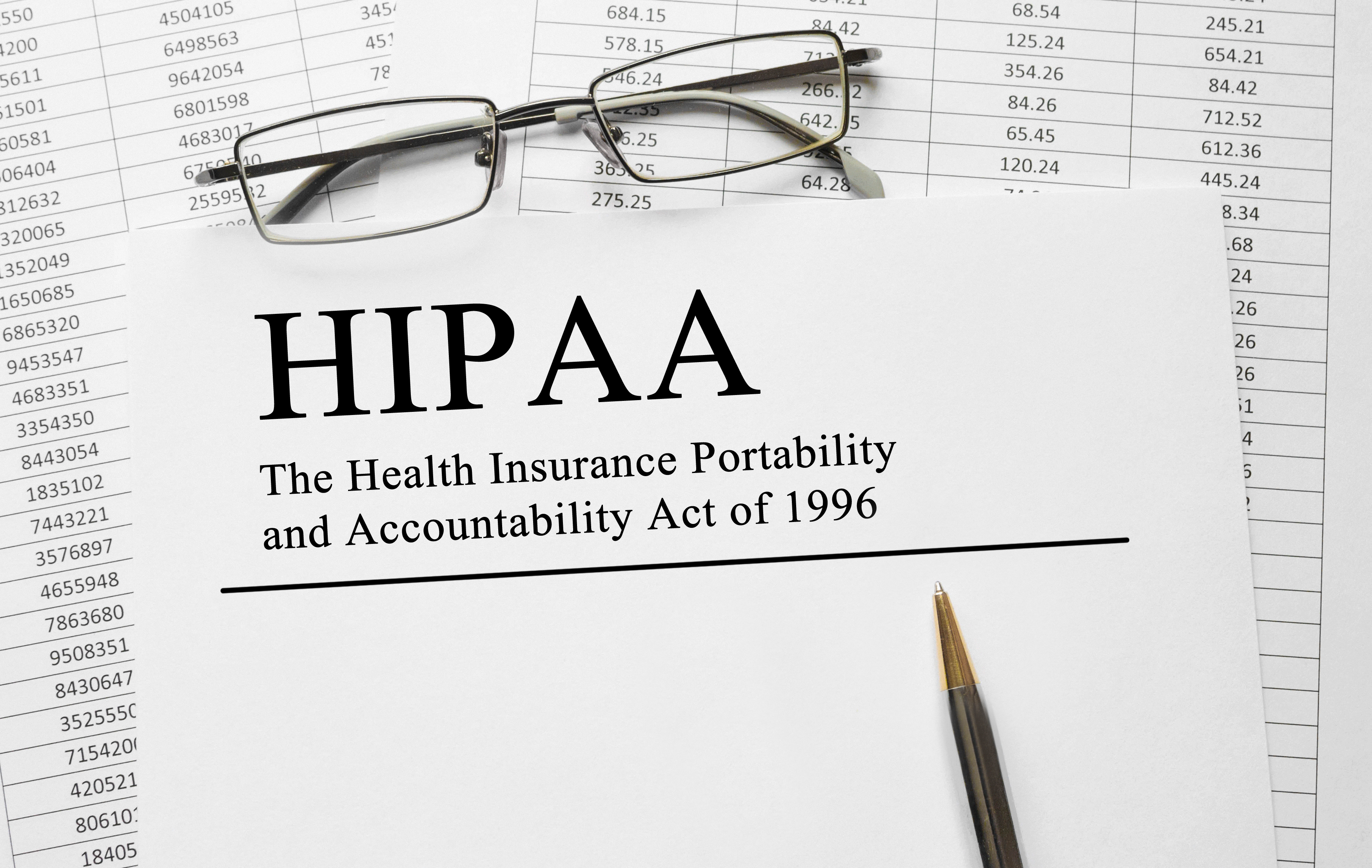Exploring Health Information Exchange Standards for Seamless Data Flow
The effective coordination of care across disparate healthcare settings is a fundamental objective in modern medicine. To achieve this aim, the seamless and secure exchange of patient data is paramount. Health information exchange (HIE) standards serve as the critical infrastructure enabling this vital flow of information.
This blog will provide you with a comprehensive examination of HIE standards. Let’s follow us
What are Health Information Exchange Standards?
HIE standards function as a universal translator, enabling disparate electronic health record (EHR) systems from different vendors to "speak the same language." These rules and specifications dictate how patient data, including diagnoses, medications, and allergies, should be formatted, coded, and securely transmitted.
Benefits of a Standardized Language:
Interoperability: With HIE standards in place, healthcare providers can easily access a patient's complete medical history, regardless of where the data originated. This eliminates the need for patients to repeat tests or explain their medical background numerous times, leading to a more efficient and streamlined experience.
Data Consistency and Accuracy: HIE standards ensure a consistent and standardized way of representing healthcare data. This reduces the risk of misinterpretations due to variations in how data is stored across different EHR systems.
Security and Privacy: Robust security measures are embedded within HIE standards to safeguard sensitive patient information during exchange. Encryption protocols and access controls ensure only authorized personnel can view the data, protecting patient privacy and building trust within the healthcare ecosystem.
Core components of HIE Standards
1. Data Interoperability Standards
Data interoperability standards play a crucial role in facilitating the seamless exchange of health information across disparate systems and platforms within the healthcare ecosystem. Here are some key standards that are widely used in health data interoperability:
HL7 (Health Level Seven) Standards: HL7 is a set of international standards for the exchange, integration, sharing, and retrieval of electronic health information. It provides frameworks, methodologies, and protocols for various aspects of healthcare interoperability, including messaging, clinical document architecture, terminology, and data exchange formats.
.jpg)
FHIR (Fast Healthcare Interoperability Resources): FHIR is an emerging standard developed by HL7 that leverages modern web technologies to enable faster, simpler, and more efficient exchange of healthcare data. FHIR uses a modular approach and RESTful APIs to facilitate interoperability between healthcare systems, applications, and devices, making it easier to access and share structured clinical data.
DICOM (Digital Imaging and Communications in Medicine): DICOM is a standard for the exchange, storage, retrieval, and viewing of medical images and associated metadata. It provides a common format and communication protocol for various types of medical imaging modalities, such as X-ray, MRI, CT, and ultrasound. DICOM ensures interoperability between imaging devices and picture archiving and communication systems (PACS), allowing healthcare providers to seamlessly access and share diagnostic images.
CDA (Clinical Document Architecture): CDA is a standard developed by HL7 for the encoding, exchange, and retrieval of clinical documents, such as discharge summaries, progress notes, and clinical reports. CDA defines a structured XML-based format for representing clinical information in a standardized manner, enabling interoperability between different healthcare information systems and facilitating the exchange of electronic health records (EHRs) and other clinical documents.
2. Terminology Standards
Terminology standards are essential in healthcare to ensure consistency, accuracy, and interoperability of clinical data across different systems, settings, and organizations. Some key terminology standards widely used in healthcare include:
SNOMED CT (Systematized Nomenclature of Medicine Clinical Terms): SNOMED CT is the most comprehensive and widely adopted clinical terminology standard, providing a standardized system for encoding clinical concepts and relationships. It covers a broad spectrum of clinical information, including diseases, procedures, findings, anatomy, and pharmaceuticals. SNOMED CT enables precise and structured representation of clinical data, facilitating interoperability, data analytics, and decision support in healthcare.
LOINC (Logical Observation Identifiers Names and Codes): LOINC is a standard for identifying and exchanging laboratory and clinical test results, observations, and measurements. It provides a universal set of codes and names for common laboratory tests, clinical observations, and other health-related measurements, enabling consistent mapping and exchange of data across different healthcare information systems. LOINC codes are used to standardize the representation of laboratory and clinical data, supporting interoperability and data exchange in electronic health records (EHRs) and other healthcare applications.
ICD (International Classification of Diseases): ICD is a standard classification system for coding diseases, injuries, and causes of death. It provides a standardized framework for classifying and categorizing health conditions and is used for statistical analysis, epidemiological research, and healthcare reimbursement. ICD codes are used to document diagnoses and procedures in healthcare records, enabling consistent and comparable reporting of health information across different healthcare settings and countries.
3. Security and Privacy Standards
Security and privacy standards are also critical components of healthcare information exchange. They ensure the confidentiality, integrity, and availability of patient health information. Some key security and privacy standards are below:
HIPAA (Health Insurance Portability and Accountability Act): HIPAA is a landmark legislation in the United States that sets forth standards for protecting the privacy and security of individually identifiable health information. HIPAA regulations establish requirements for healthcare organizations, known as covered entities, and their business associates to safeguard protected health information (PHI) and adhere to specific privacy and security provisions, such as the Privacy Rule and the Security Rule.

FIPS (Federal Information Processing Standards): FIPS are a set of standards and guidelines issued by the National Institute of Standards and Technology (NIST) for federal agencies and contractors to ensure the security and interoperability of information systems. FIPS standards cover various aspects of information security, including cryptographic algorithms, key management, authentication, access control, and security protocols, to protect sensitive information, including healthcare data, from unauthorized access and disclosure.
OAuth (Open Authorization): OAuth is an open standard for authorization that enables secure access to protected resources on behalf of a resource owner, without sharing their credentials. OAuth is commonly used in healthcare applications and APIs to facilitate secure authentication and authorization mechanisms, allowing users to grant permissions to third-party applications to access their healthcare data while protecting their privacy and security.
SSL/TLS (Secure Sockets Layer/Transport Layer Security): SSL/TLS are cryptographic protocols that provide secure communication over the internet by encrypting data transmitted between client and server applications. SSL/TLS protocols are commonly used to secure healthcare information exchange, such as web-based applications, patient portals, and electronic health record (EHR) systems, to protect sensitive data from eavesdropping, tampering, and man-in-the-middle attacks.
Conclusion
It can be said that the exploration of HIE standards unveils a world brimming with possibilities for a more connected and efficient healthcare system. By establishing a common language for data exchange, these standards pave the way for seamless information flow, empowering healthcare providers to deliver more informed and coordinated care.





